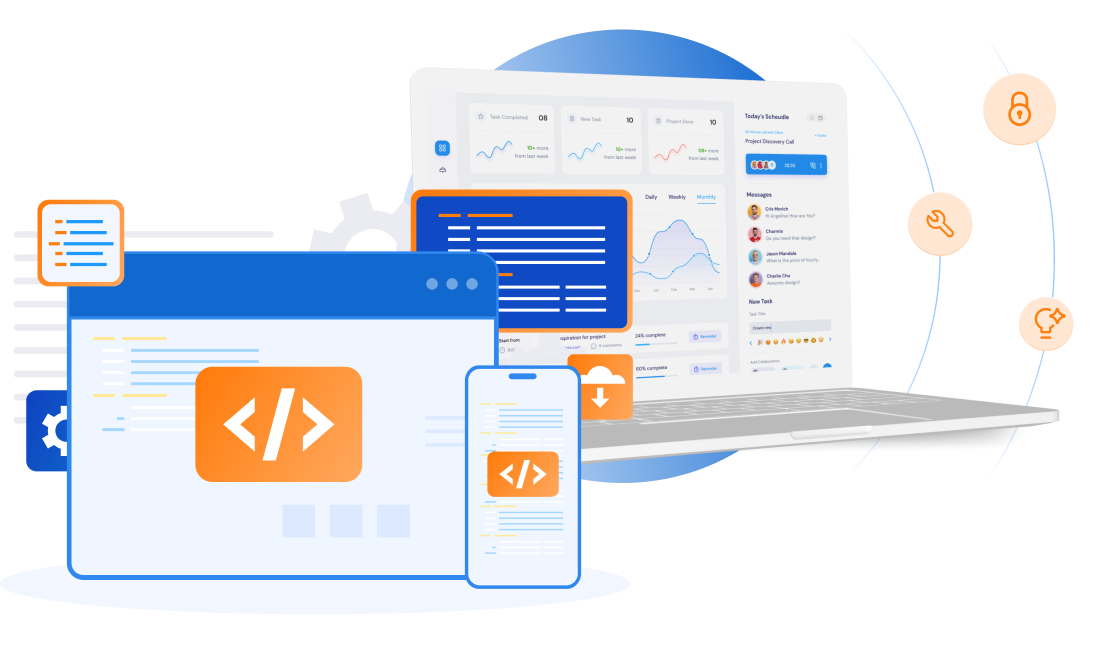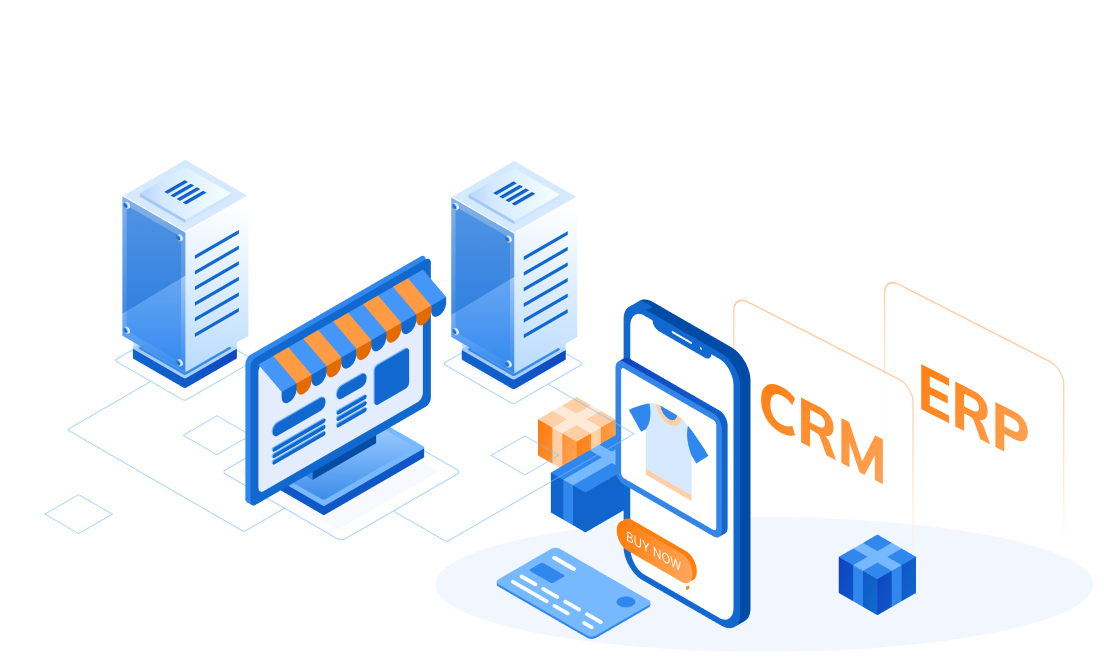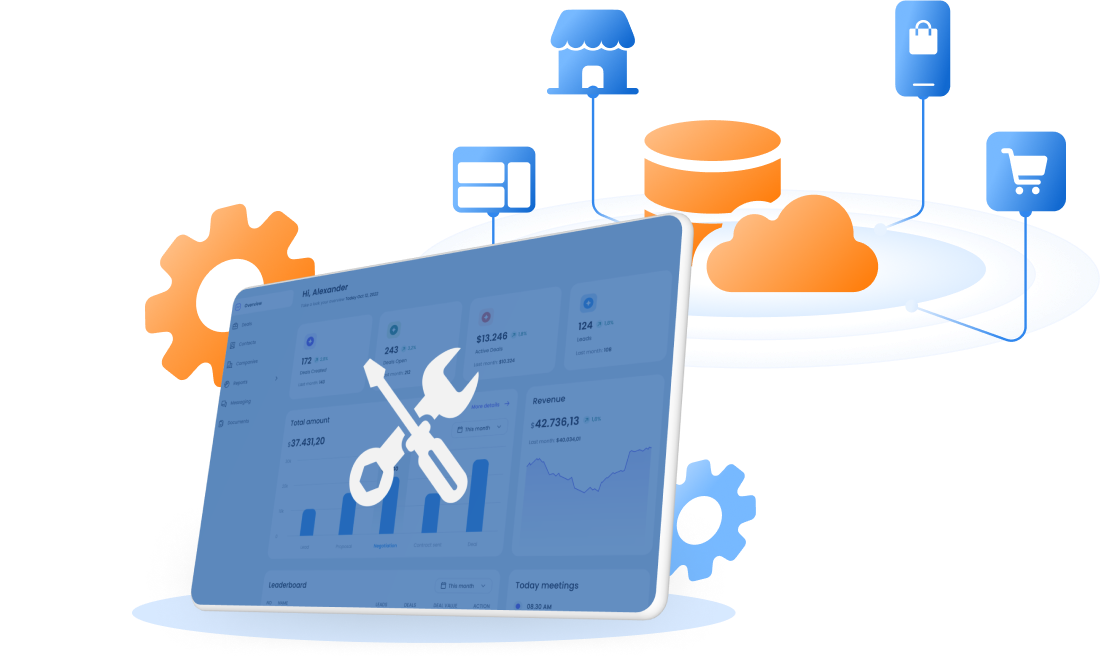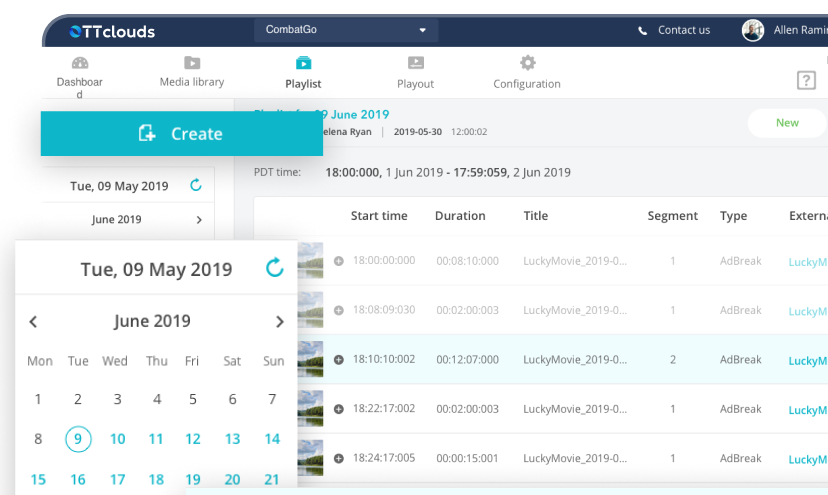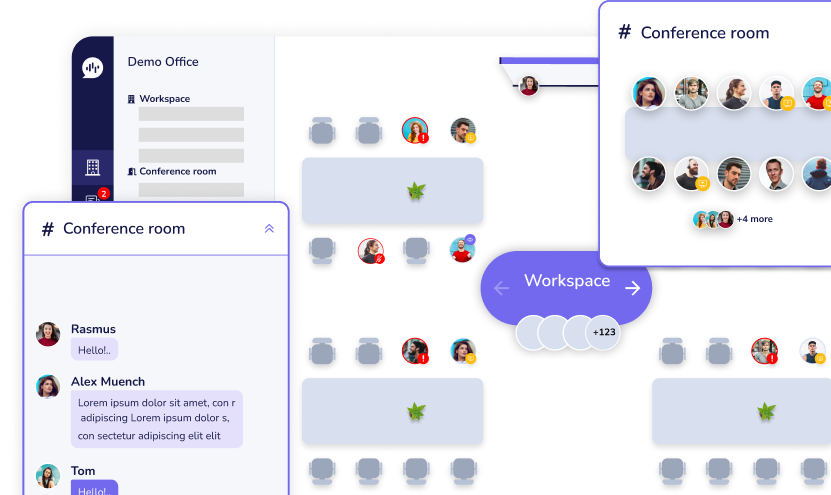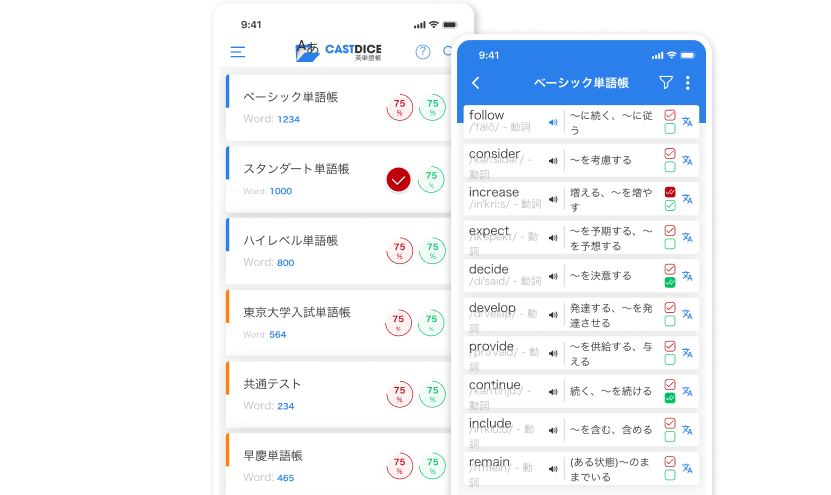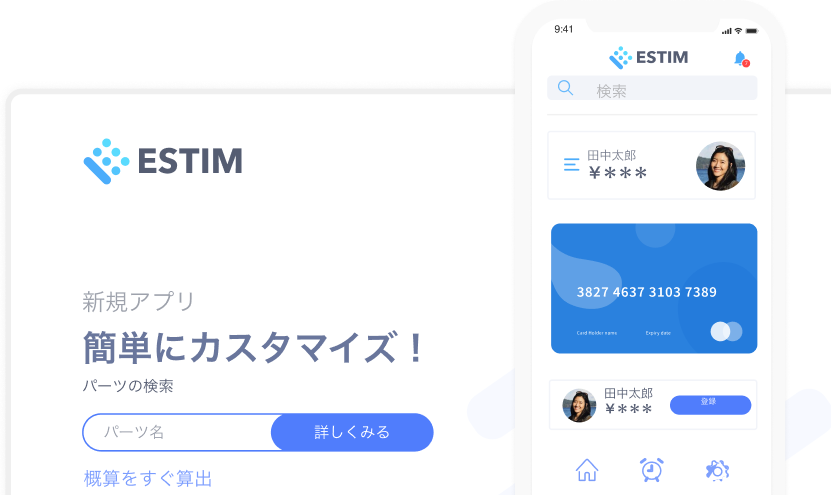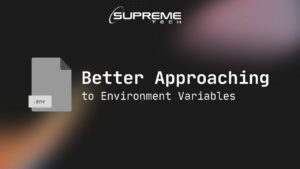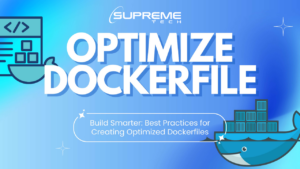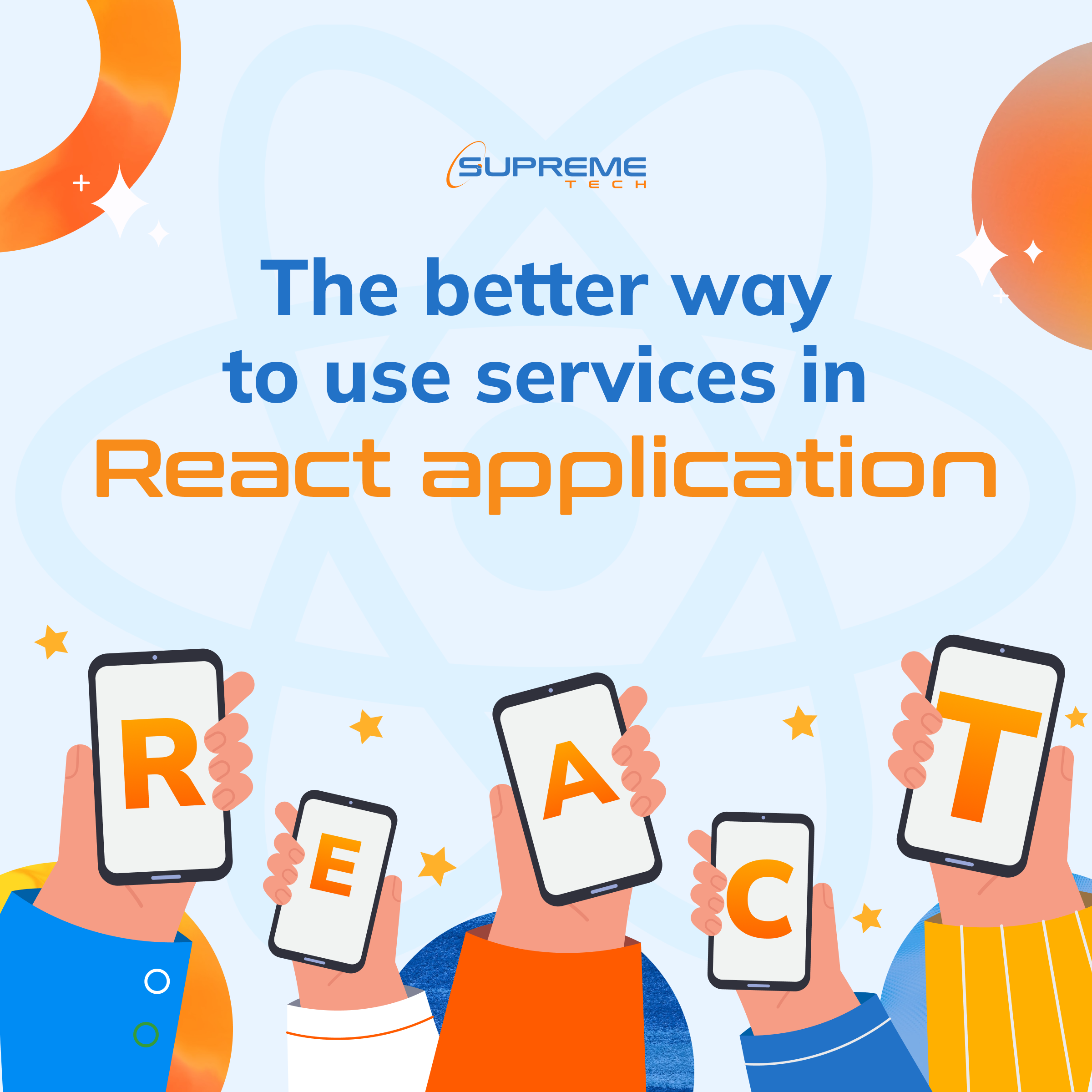What is Customer Master Data and Why It’s Vital for Retail Business
04/11/2024
825
Table of Contents
Are you a retailer with multi thousands, or even millions, of customers? How are you handling your customer data? Is it efficiently managed or fragmented? Furthermore, can you make any game-changing decision based on your customer data? That’s exactly the questions we tend to ask our customers who are building an empire in retail industry. Data-driven customer relationship management is no longer an option, it’s a must for any retail business that wants to go big. As a technology solution partner, we want to give a hand by raising a topic of customer master data, its definition and why it’s importance for business.

What is Customer Master Data?
Customer master data is a set of information that represents key details about customers. Customer master data is the key info that helps a business identify and connect with customers. It includes basics like names, contact info, demographics, purchase history, preferences, account details, and billing and shipping addresses—basically, everything that helps a company understand who their customers are and what they need.
Managing this data well is essential. When customer data is consistent and accurate, it boosts customer relationship management (CRM), makes marketing more effective, smooths out operations, and helps meet regulatory standards. Usually, this data lives in CRM systems, enterprise resource planning (ERP) tools, or a Master Data Management (MDM) platform. Having one central system ensures data quality and keeps everything in sync across the company.
Types of Customer Master Data
Customer master data generally falls into several key types, each serving different aspects of customer interactions and business operations. Here are the main types:
1. Basic Identifying Information
This includes foundational details that identify a customer, such as name, date of birth, contact information. It’s essential for any communication, billing, or delivery purposes.
2. Demographic Data
Demographic data provides context about who the customer is, including attributes like age, gender, income, marital status, and education level. It’s often used for segmentation, targeted marketing, and understanding customer preferences.
3. Behavioral Data
Behavioral data captures customer interactions, such as browsing history, purchase patterns, frequency, and recency of purchases. This type of data is valuable for predicting future behavior, personalizing offers, and improving the customer experience.
4. Transactional Data
Transactional data is a record of all purchases and transactions a customer has made. This includes details like transaction dates, products purchased, order value, payment methods, and delivery information. Transactional data is essential for analytics, financial reporting, and assessing customer lifetime value.
5. Engagement Data
Engagement data includes information about how customers interact with the brand across various touchpoints. It can be website visits, email opens and clicks, social media interactions, customer service inquiries, and loyalty program activity. This helps businesses understand customer engagement and loyalty.
6. Preferences and Interests
This type of data captures what customers prefer or are interested in. It can vary from favorite product categories, preferred communication channels, to interests based on previous purchases. It’s particularly useful for personalization and customer experience management.
7. Account and Membership
For businesses with loyalty programs or membership systems, this includes information related to membership tiers, reward points, account status, and customer preferences within the loyalty program. It’s used to manage customer rewards and retention.
8. Customer Feedback
This data includes customer reviews, feedback, survey responses, and sentiment analysis from social media or other platforms. It provides insights into customer satisfaction, product improvement needs, and brand perception.
9. Customer Service and Support Data
This type of data includes records of past interactions with customer service, such as inquiries, complaints, resolutions, and support tickets. It helps in managing customer relationships and ensuring that customers receive consistent and effective support.
Why Customer Master Data is vital for retail business?
For a retail business with a large customer base, customer master data is vital for several reasons:
First of all, retail businesses can personalize marketing and customer experience based on data. For example, knowing a customer’s purchase history or preferences allows the business to tailor recommendations and offers. A personalized experience would subsequently result in improved loyalty.
Secondly, customer master data enables retail businesses to manage relationships effectively by consolidating all customer interactions and information in one place. This centralized view helps customer service teams respond to inquiries quickly. As a result, customer wait time will decrease significantly.
For large retailers, streamlined operations are essential. Consistent and accurate customer data allows for more efficient processes like order processing, shipping, billing, and returns. An optimized data pipeline reduces errors, enhances operational efficiency, and can save the business significant time and money.
With a well-maintained customer database, a retail business can analyze data to uncover trends, buying patterns, and customer segments. This insight supports more informed decision-making on inventory management, product development, and marketing strategies.
Last but not least, customer master data ensures that customers receive consistent experiences across channels. For instance, customers expect seamless interactions whether they are purchasing online, in-store, or via mobile apps. Accurate data enables the retailer to recognize the customer across channels, delivering a cohesive experience.
What’s on trend for customer master data management?
Managing customer master data effectively is more critical than ever, and several trends are shaping how businesses approach it today. Here are the key current trends:
Moving to the Cloud
Cloud-based MDM (Master Data Management) solutions have taken off, and for good reason. With cloud, businesses can scale up (or down) as needed, access data from anywhere, and reduce costs. Plus, it’s easier to keep data updated in real-time, which is a game-changer for fast-paced retail environments.
Using AI to Clean and Understand Data
Artificial intelligence is helping clean up messy customer data by catching duplicates, filling in blanks, and finding patterns that we humans might miss. Machine learning tools analyze behavior trends and even predict what a customer might want next, making personalization a lot more intuitive.
Real-Time Data Updates
Today’s customers expect immediate responses, and for that, real-time data updates are essential. Integrating systems so that customer data refreshes instantly allows businesses to provide relevant offers or support as soon as it’s needed. In other words, no more outdated data holding back customer experience.
Customer Data Platforms (CDPs) for a Clearer View
CDPs pull customer data from multiple sources into one spot, creating a single, reliable profile for each customer. This unified view allows teams across sales, support, and marketing to deliver a consistent experience. As CDPs become more accessible, even smaller businesses can leverage this organized approach.
In short, companies are aiming to make data more accessible, accurate, and actionable, with a focus on real-time updates, privacy, and smarter, AI-powered insights. The result? Better customer experiences, more efficient operations, and a competitive edge.
Seeking ways to manage customer data effectively?
Knowing the importance of data sometimes does not mean knowing where to start. Even our clients who built an empire in retail struggle in managing data efficiently. The common pain point, as we translated, is how to build a data pipeline that works stably and responsively. Furthermore, trust and security are also the head-wrenching problem, especially when seeking for external help.
We proudly offer the best of both. Schedule a meeting with us to know how we are able to proclaim with such a confidence.
Related Blog


